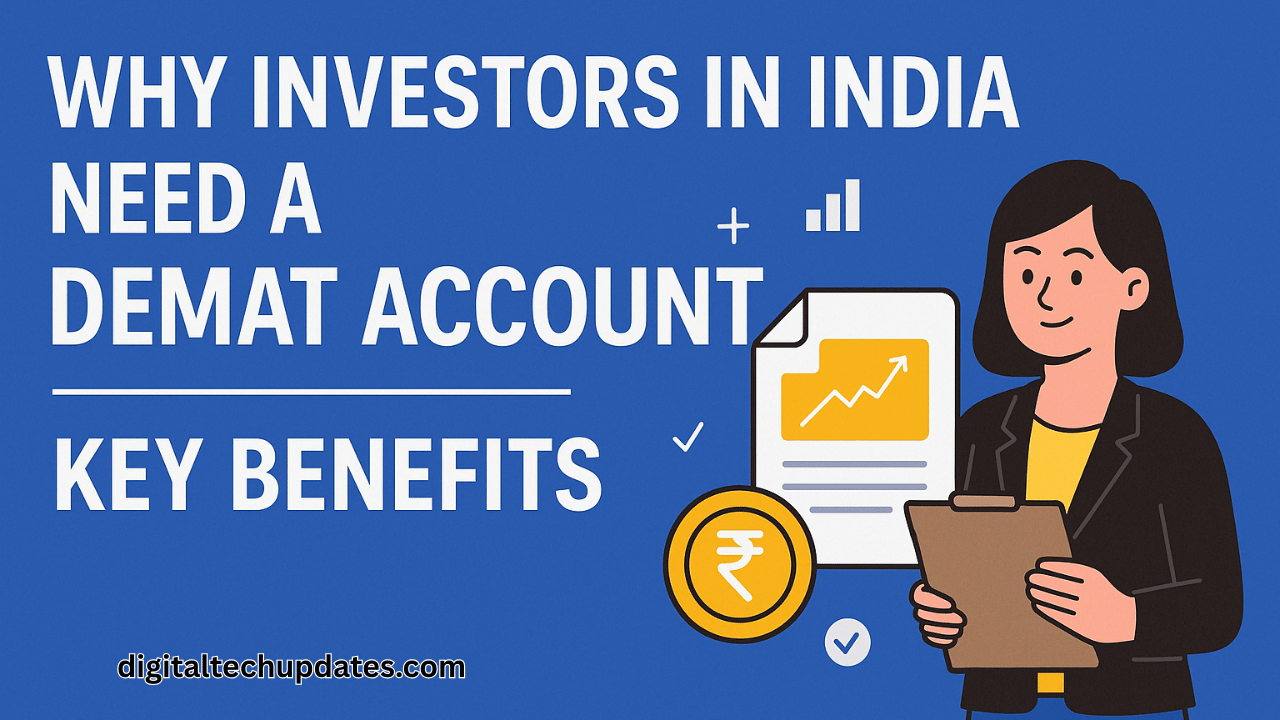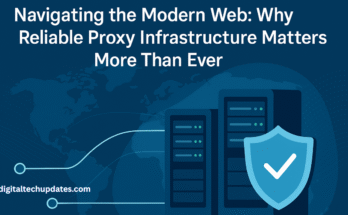For growing businesses, both a CRM (customer relationship management) and an ERP (enterprise resource planning) system are vital. Between them, these two systems can help you manage all your business processes and interactions. While they’re both vital systems, they have very different functions and often sit with different teams.
Where they connect is in their ability to store, process and make available essential business data. While there are many other business systems that can do this too, these are the two big ones. If you need to make them work together, look to a data integration from a business like Rapidi.
What is a CRM?
A CRM is used to manage all information about customers and leads and interactions with them. It’s used mainly by marketing, sales and customer service teams: those on the frontline of communication with customers and potential customers. It’s used to organise leads and automate the sales pipeline. It can be used to run and measure the success of marketing campaigns and provide vital marketing data. And it can be used to help deal with queries, such as via call centres, email and social media. If it’s to do with your customers, you’ll find it in your CRM. CRMs are also used at the top level to create forecasts and make business predictions.
Salesforce, a cloud-based, scalable CRM, is by far the most popular, though there are plenty of others on the market, including Microsoft Dynamics, who also make one of the most popular ERPs.
What is an ERP?
Distribution ERP softwaremanages all the back-room processes in your business. Accounts, inventory, and HR systems can all be included in an ERP, though not all businesses will use all the potential functions of an ERP.
An ERP can be used by various different teams in a business. Staff across a business, at all levels, will usually use an ERP. That includes sales and marketing staff. While they are focussed on the CRM as their primary tool, they’ll often also input data into an ERP as well. For example, they might enter customers’ invoice details into it.
The ERP market is less dominated by a single provider than the CRM market is by Salesforce. As well as Microsoft Dynamics (who make several different ERPs aimed at different sized businesses), there are several others in common use, including SAP and SAGE.
How do they work together?
A CRM and an ERP are very different tools, but they also share much. Both are designed to increase profitability: the CRM through increasing sales, and the ERP through increasing efficiency. Some ERP packages include a CRM, but most businesses end up buying a CRM separately.
Having separate systems has the potential to lead to silo working and lack of cooperation. But with data integration, a CRM and ERP can work together brilliantly. They can be seen in many ways as two sides of the same coin: both vital to business success, both handling some of the same data, with the same goals.




